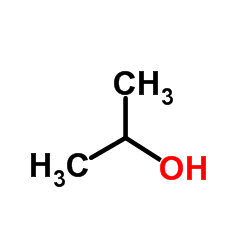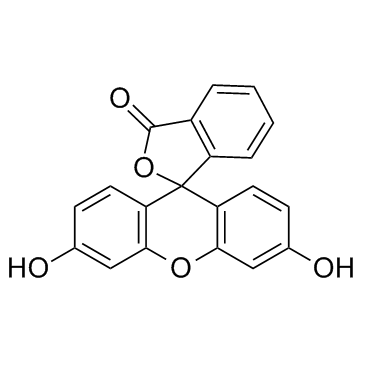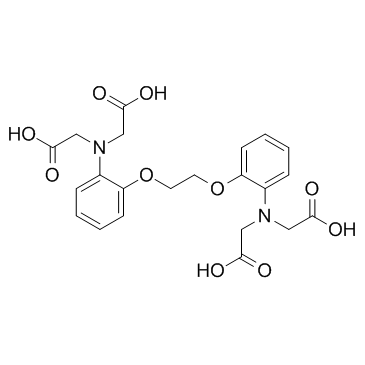| Structure | Name/CAS No. | Articles |
|---|---|---|
 |
Fluo-3
CAS:123632-39-3 |
|
 |
Isopropanol
CAS:67-63-0 |
|
 |
Fluorescein
CAS:2321-07-5 |
|
 |
BAPTA
CAS:85233-19-8 |